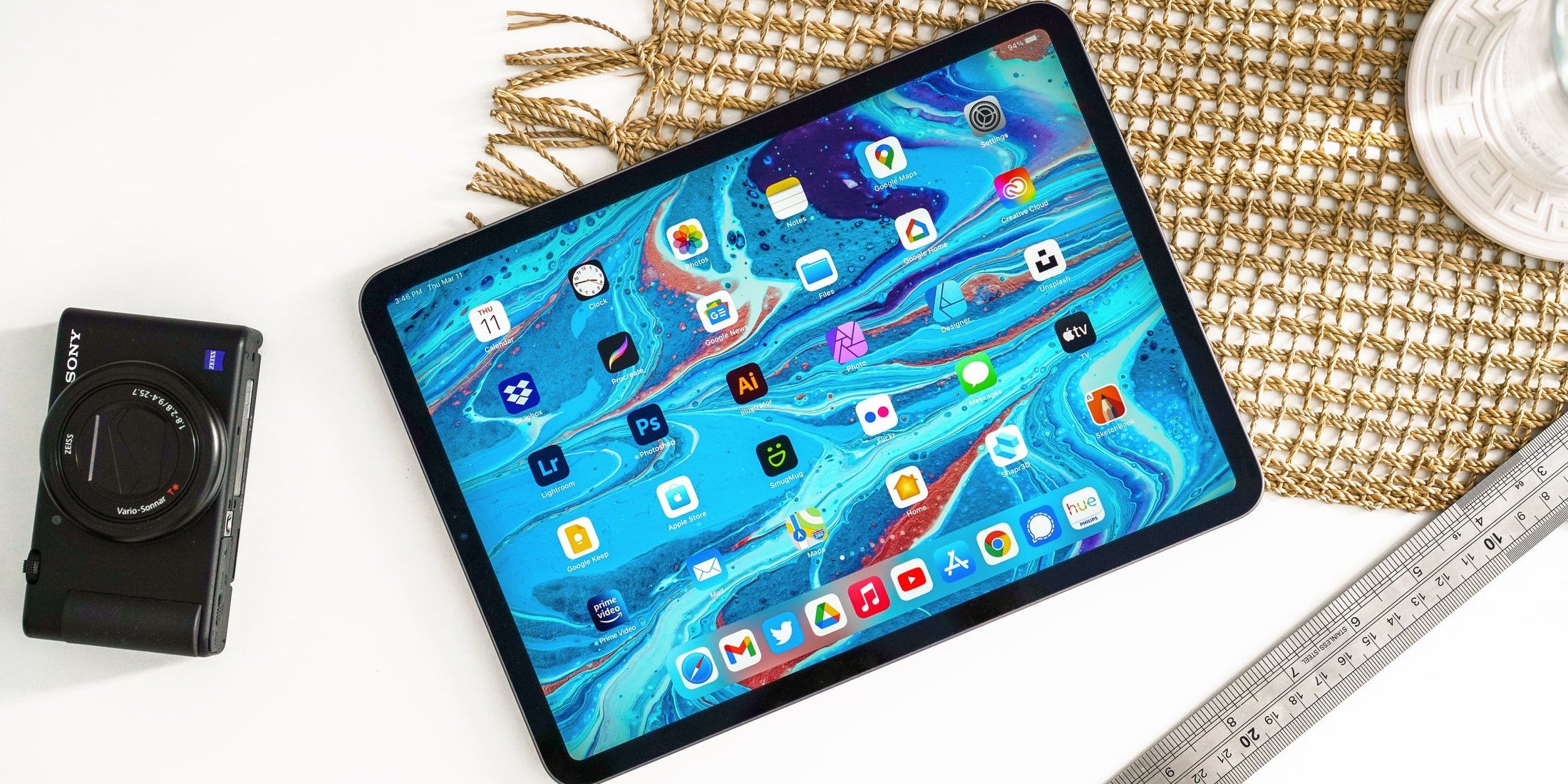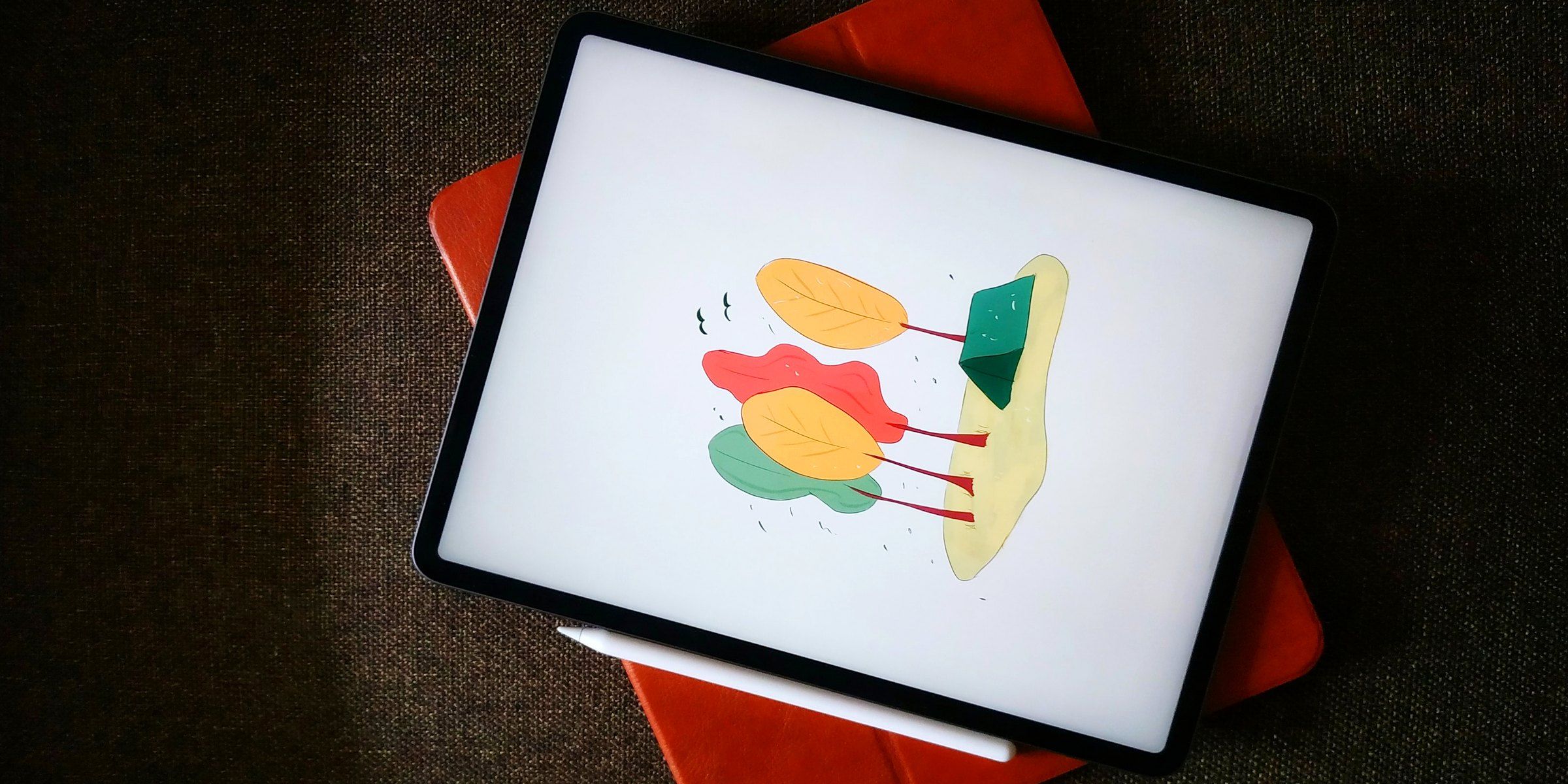Apple has reportedly pushed an OLED display upgrade for the iPad Pro back to the 2023-2024 launch window, but the addition of LTPO technology borrowed from the iPhone 13 Pro and a couple of other quality upgrades will likely make the wait worthwhile. To recall, Apple finally switched from an LCD panel to the new mini-LED technology with the 12.9-inch iPad Pro earlier this year. However, rumors of an iPad rocking an OLED panel have been swirling around for some time now.
Based on the leaks, Apple’s display upgrade plans appear to be a bit confusing at the moment. The company made the jump to mini-LED for iPads this year and is reportedly planning the same for the MacBook line in the upcoming years. However, reputed sources such as TFI securities analyst Ming-Chi Kuo have also predicted in the past that OLED iPads will soon be a part of the Apple product portfolio. A South Korean electronics industry outlet recently reported that an OLED iPad might arrive in 2022, but those plans appear to have changed.
According to a newer report from The Elec, LG has reportedly entered talks with Apple to develop OLED panels for a 12.9-inch iPad Pro model that will make its debut at some point in 2023 or 2024. The company — which recently shuttered its own phone business — is said to be developing a double-stack display technology that involves using two OLED layers connected in a series. The benefits of a double-stack OLED design include higher brightness output, better color reproduction, and longer life for the screen. More importantly, LG is also going to employ Low-Temperature Polycrystalline Oxid (LTPO) for making the 12.9-inch OLED panels that will pave the way for more advanced display refresh rate implementation than the current ProMotion tech on the iPad Pro lineup. Interestingly, talks with Samsung broke down because its display division was not too keen on the double-stacking method, according to another report from The Elec.
iPad Getting Same Display Treatment As iPhone
Apple’s ProMotion technology automatically changes the display refresh rate depending on the task, offering a more fluid viewing experience. However, the refresh rate values are fixed at five positions on iPads with ProMotion panels — 24Hz, 30Hz, 40Hz, 60Hz, and 120Hz. Even though the refresh rate value goes all the way up to 120Hz, the inherent screen technology is still based on the Low-Temperature Polycrystalline Silicon (LTPS) substrate, which is not as flexible or energy efficient as the new LTPO that has been used for the ProMotion OLED panels on the iPhone 13 Pro and its Max version.
The refresh rate value on the iPhone 13 Pro screen has a much wider adjustment range with a total of twelve fixed values — 10Hz, 12Hz, 15Hz, 16Hz, 20Hz, 24Hz, 30Hz, 40Hz, 48Hz, 60Hz, 80Hz, and 120Hz. The lower the screen refresh rate value, the less frequent a display has to refresh content being viewed, which means a lower battery juice requirement. This will especially come in handy when users are reading or watching content, as ProMotion ensures that power consumption is automatically minimized to the lowest level possible during such tasks. The end result is longer battery life without any negative impact on the visual side of things. With an LTPO upgrade for the OLED panel, higher brightness, and improved longevity for the screen, Apple is making sure that the display quality is top-notch, making the wait worthwhile for the first iPad with an OLED screen.
Source: The Elec 1, 2


